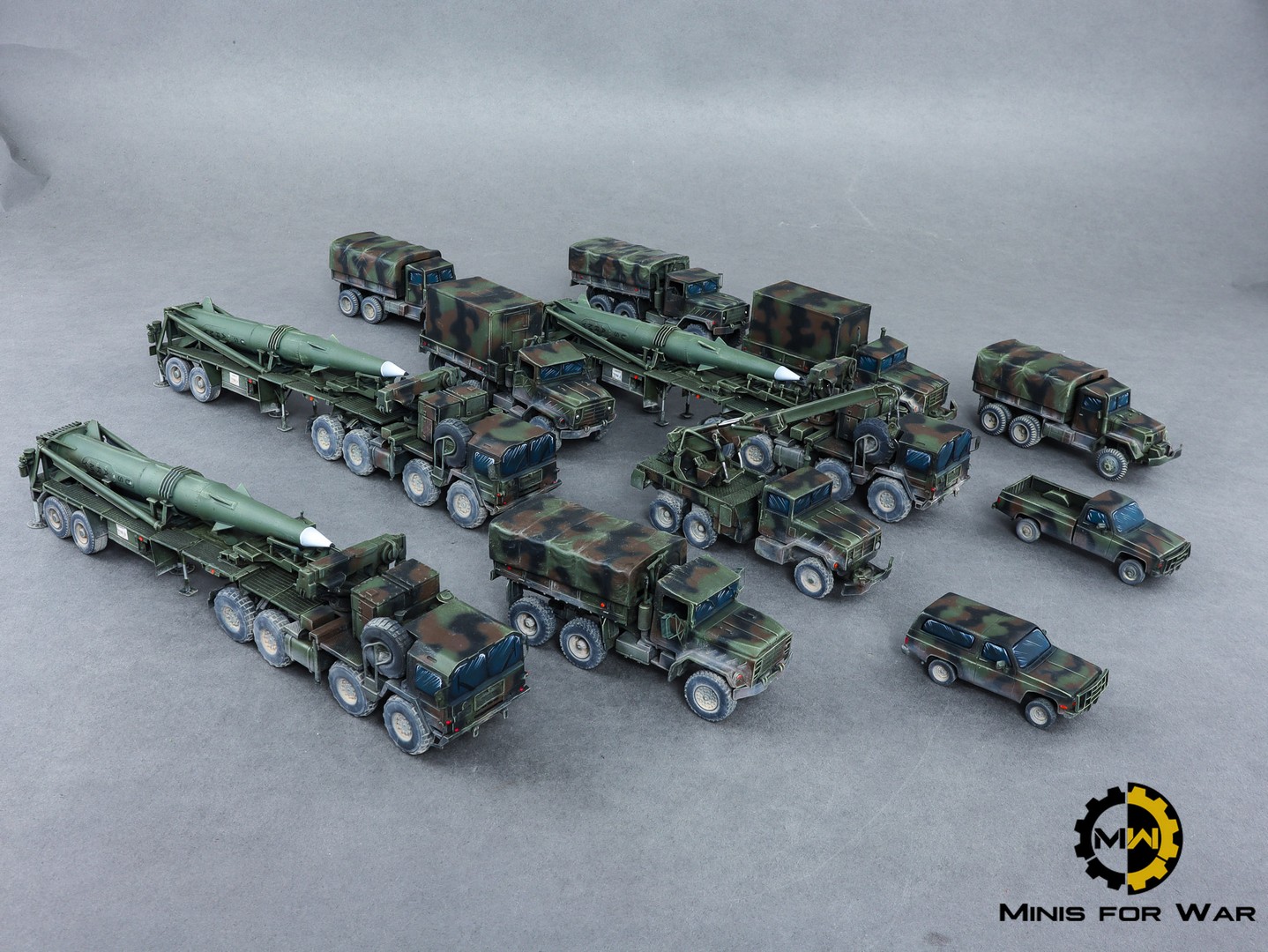



In the early 1980s, the Pershing II Weapon System emerged as a pivotal advancement in the United States Army’s arsenal, replacing the Pershing 1a Field Artillery Missile System. Managed by the U.S. Army Missile Command (MICOM) and deployed by the Field Artillery Branch, this solid-fueled two-stage medium-range ballistic missile held the reins as the primary nuclear-capable theater-level weapon.
In 1983, the Pershing II stepped onto the stage, supplanting its predecessor. With a solid fuel, two-stage design, it boasted a new W85 warhead within a maneuverable reentry vehicle, guided by active radar. Despite maintaining the Hercules rocket motor, the Pershing II showcased improved accuracy, reaching within 100 feet of its target. Its operational range stretched to 1,100 miles, and it could achieve speeds exceeding Mach 8.
The M983 HEMTT tractor facilitated the Pershing II’s transportation in the U.S. Showcasing Oshkosh Corporation’s 10-ton, 8×8 Heavily Expanded Mobility Tactical Truck. Additionally, in Germany, the M1001 MAN tractor took the reins, demonstrating superb cross-country mobility as it towed the Pershing II and the trailer-mounted MIM-104 Patriot Missile System.
Introduced in 1976, the M1001 MAN KAT I played a vital role in logistical support for the German Federal Army. As a 10-ton, 8×8 truck, it excelled in providing supplies and equipment to combat units. Its inception in 1973 coincided with the Pershing II’s development, emphasizing the need for increased accuracy while reducing warhead yield.
The geopolitical landscape of the Cold War drove the Pershing II’s evolution. It was originally designed to counter the RSD-10 Pioneer (SS-20 Saber). Its range was extended to 900 miles, aligning with NATO’s strategy to deploy both medium-range Pershing and the BGM-109G Ground Launched Cruise Missile (GLCM).
As the dynamics shifted, the Pershing II’s hard-target capability and the W86 nuclear warhead were canceled in 1980. The Pershing II stands as a testament to technological innovation amid Cold War tensions. It played a crucial role during a pivotal period in history, leaving an indelible mark on military strategy and technological advancements.
If you want a commission, feel free to contact us!
Miniatures presented in this post are from ModelCollect.
This website uses cookies to improve your experience. We'll assume you're ok with this, but you can opt-out if you wish. Read More